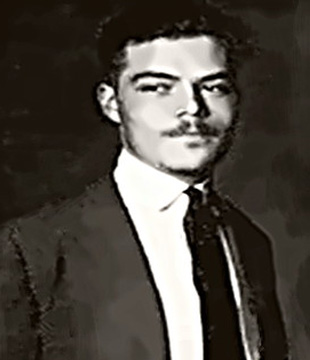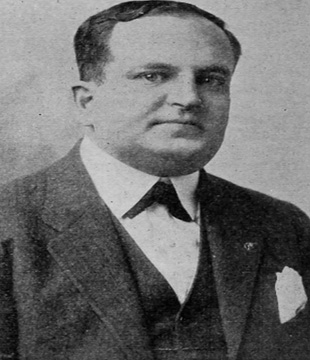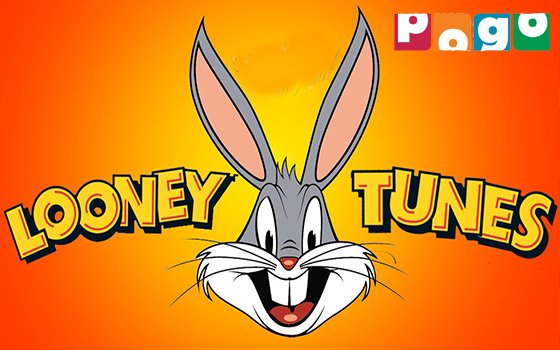
Hugh Harman was an American artist, most known for making cartoon shows for Warner Bros. furthermore, Metro-Goldwyn-Mayer. Harman is most known for his 1939 Nobel Peace Prize and Oscar candidate animation "Peace on Earth" and for his work with his accomplice
Rudolf Ising
Rudolf Rudy Ising was an American illustrator, mos >> Read More...
 .
.
Hugh Harman previously worked in animation in the mid-1920s at Walt Disney's studio in Kansas City. When Disney moved to California, Harman, Rudolf Ising, and individual illustrator Carman Maxwell were passed on to attempt to begin their studio. But their arrangements failed miserably and the men before long joined Disney to work at their Alice Comedies and Oswald the Lucky Rabbit motion pictures. It was around this time that Harman and Ising fostered an animation style that would later be firmly connected with and credited with Disney. When maker Charles Mintz finished his association with Disney, Harman and Ising went to work at Winkler Pictures' new liveliness studio.
Eventually, during the creation of Winkler's Oswald cartoon shows, Harman and Ising went to Universal to attempt to persuade the studio to hand them over to Mintz. Widespread Pictures manager Carl Laemmle became burnt out on inside legislative issues and ended Winkler Pictures' agreement. This brought about the making of the two Harman-Ising creations.
Harman and Ising began showing a live vivified/activity short named "Bosko, the TalkInk Kid" to a few groups. When maker
Leon Schlesinger
Leon Schlesinger, an American producer, was born o >> Read More...
 watched the film, he gave Harman and Ising the go-ahead for the
Looney Tunes
During the golden age of American animation, one o >> Read More...
watched the film, he gave Harman and Ising the go-ahead for the
Looney Tunes
During the golden age of American animation, one o >> Read More...
 series. A sister series,
Merrie Melodies
Merrie Melodies is also known as the Looney Tunes >> Read More...
series. A sister series,
Merrie Melodies
Merrie Melodies is also known as the Looney Tunes >> Read More...
 , debuted a year after the fact (the two titles are a satire of Walt Disney's Silly Symphonies).
, debuted a year after the fact (the two titles are a satire of Walt Disney's Silly Symphonies).
Harman and Ising got into a contention with Schlesinger in 1933 and before long left for MGM, taking the copyright to Bosko. There he and Ising made another series that again caricatured Silly Symphonies, Happy Harmonies. At MGM, 37 shorts were provided until 1938, when the series finished. After the series finished, MGM ended Harman and Ising, who had been contracted to deliver kid's shows for MGM, even though they were recruited at MGM's animation studio the next year.
LATEST NEWS
WEB STORIES
LATEST SERIALS & SHOWS
LATEST WEB SERIES
LATEST PHOTOS
LATEST ARTICLES
OTHER ANIMATORS
BORN TODAY